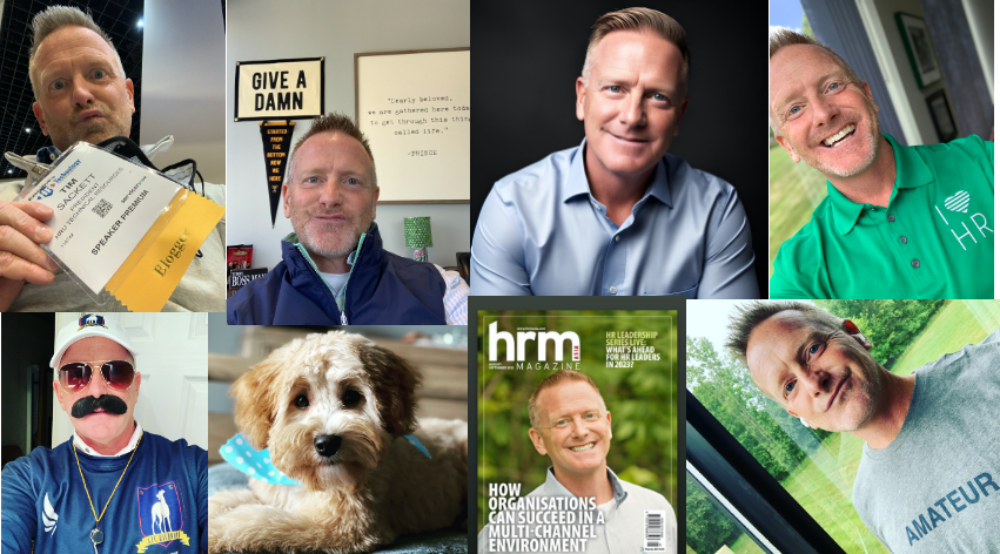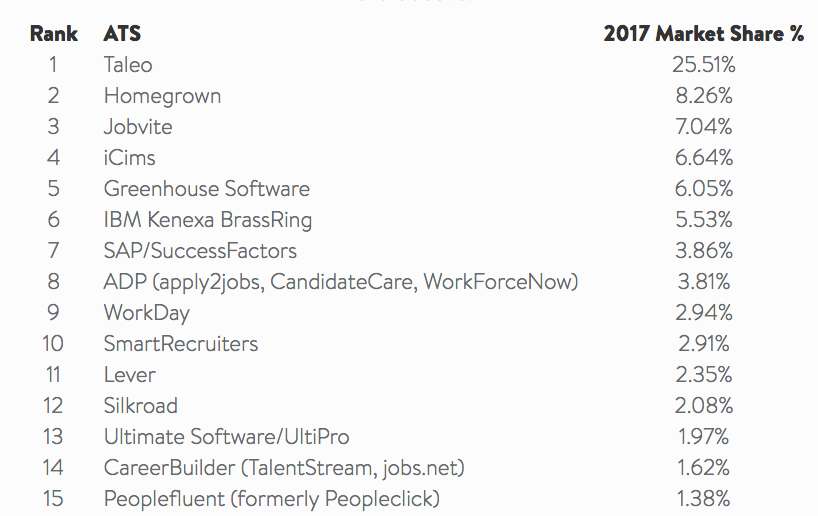I’ve hired over one hundred recruiters in my career. Not a ton, but a pretty good sample size. I’ve had some of those hires go on to become great Talent Acquisition pros, as well as some who have completely bombed in the profession. It’s not an easy profession to be successful at, but I’ve seen some basic things that the most successful recruiters, I know, do every single thing day:
- Daily motivation. Great recruiters are self-motivated by nature, but the best ones still find ways to give themselves that extra little kick every day. It might be one client or job order they decide they will close on that day. It might be an activity number they challenge themselves with for the day. It might just be re-centring on a larger overall goal they are chasing and what they’re doing in that day will mean to reach that goal.
- Critical of their own work. The best recruiters I’ve worked with own their orders, candidates, interviews, etc. There is no blame. An interview is a no-show, they own it. They can look inward and go, next time I won’t have this happen because I’m going to do that one more thing to ensure it’s successful.
- They step up. Hey, guys, we have a really critical position that just came open from a hiring manager, who wants it? The best recruiters always step up and want to work those high profile openings. They want the challenge, and they are comfortable with the pressure. They also step up with their ideas on how the organization can get better, and share freely.
- Daily focus. Successful recruiters can focus in and finish, every day. It’s so easy in recruiting to get pulled in a hundred different directions. The most successful people stay focused on the job at hand and don’t allow the ‘noise’ to take them off their plan. They find ways to lock themselves in and keep going until they reach their outcome.
HR and Recruiting both have the same main daily issue we face, we turn ourselves into firefighters. We run from made up emergency to made up emergency. It feeds our need to feel like we accomplished something today and became a saviour.
The most successful recruiters are no different. They get the opportunity to be firefighters, just like we all do, but they make a conscious decision not to allow themselves to slide down the pole. How can you make yourself more successful today?

